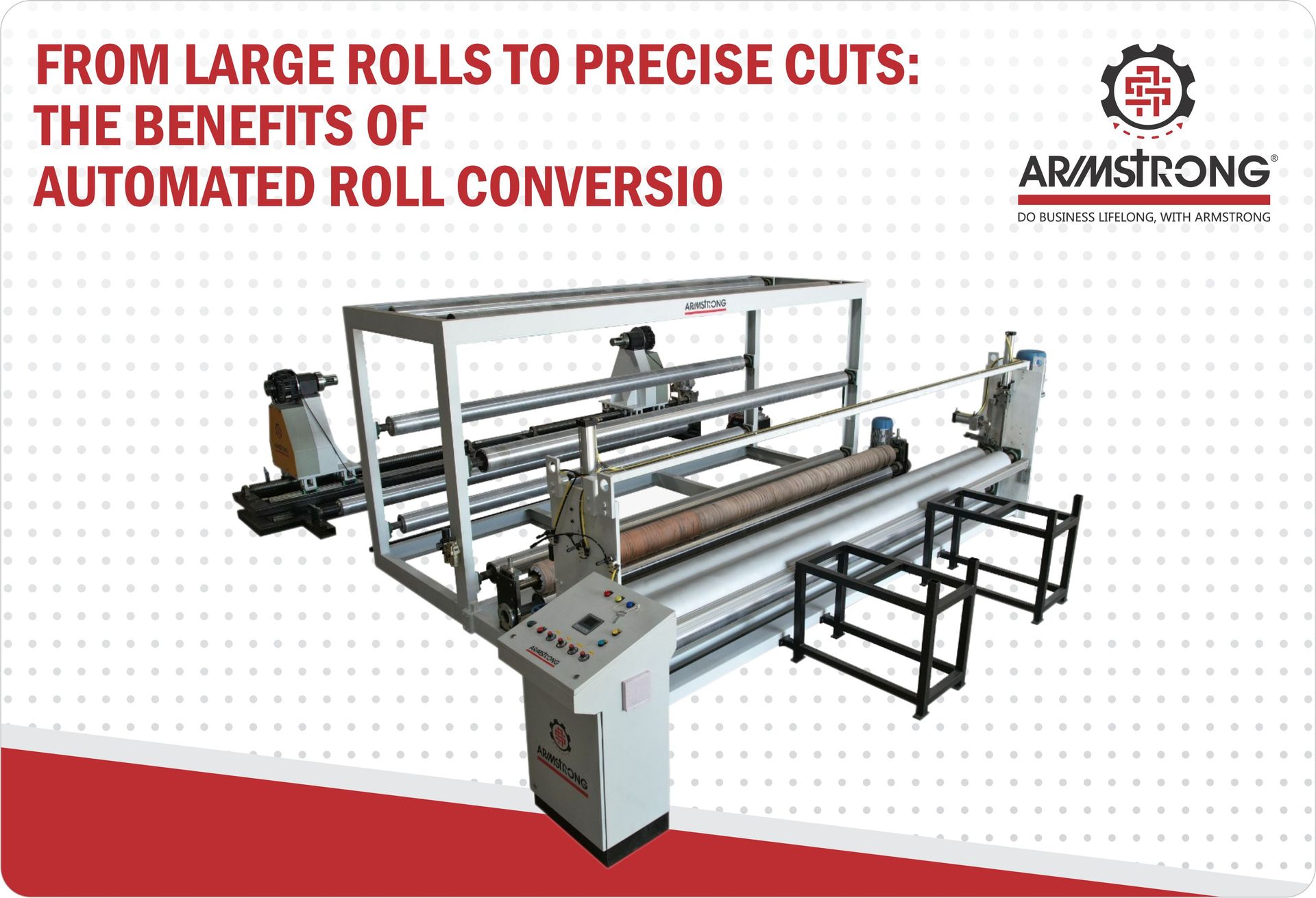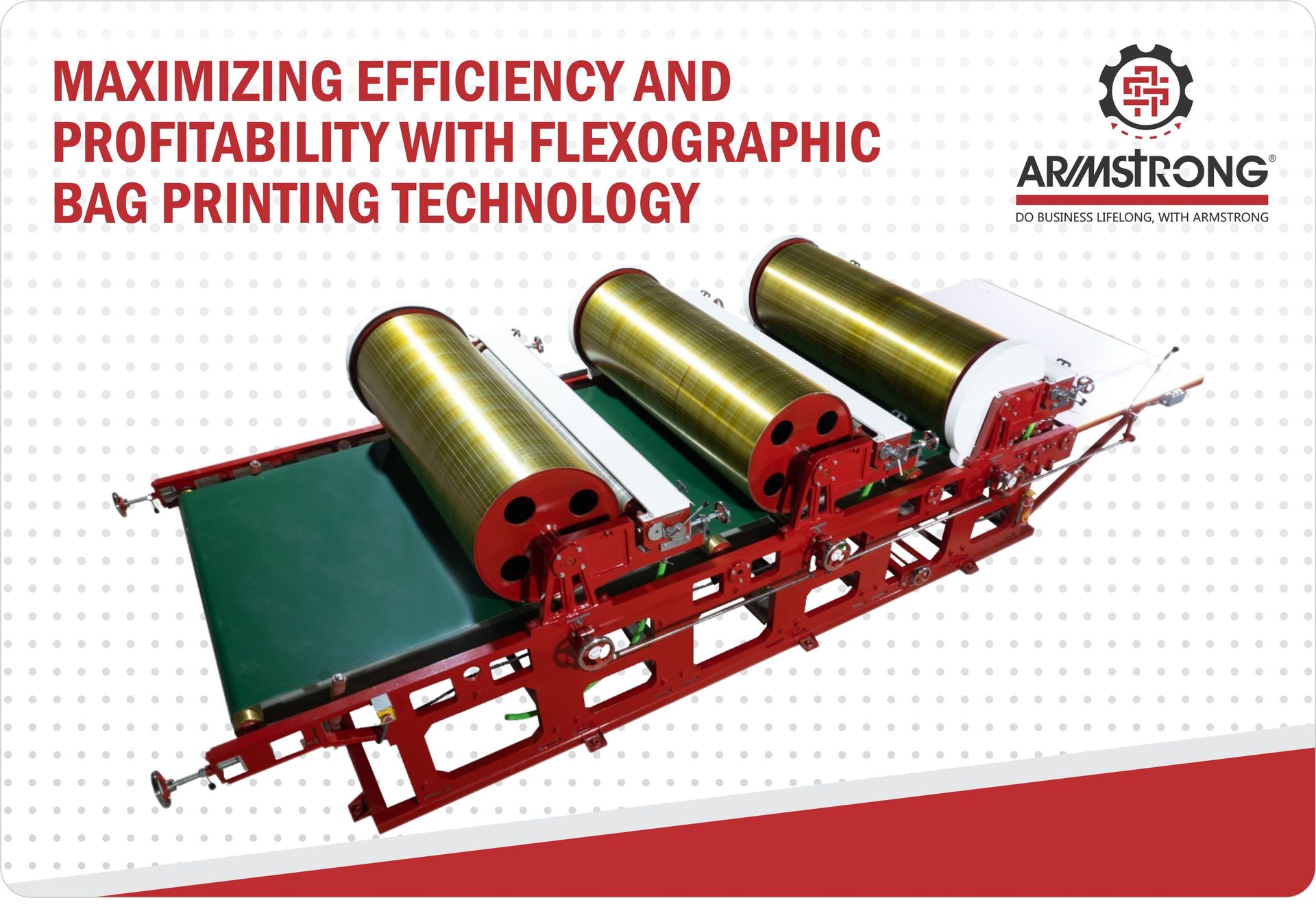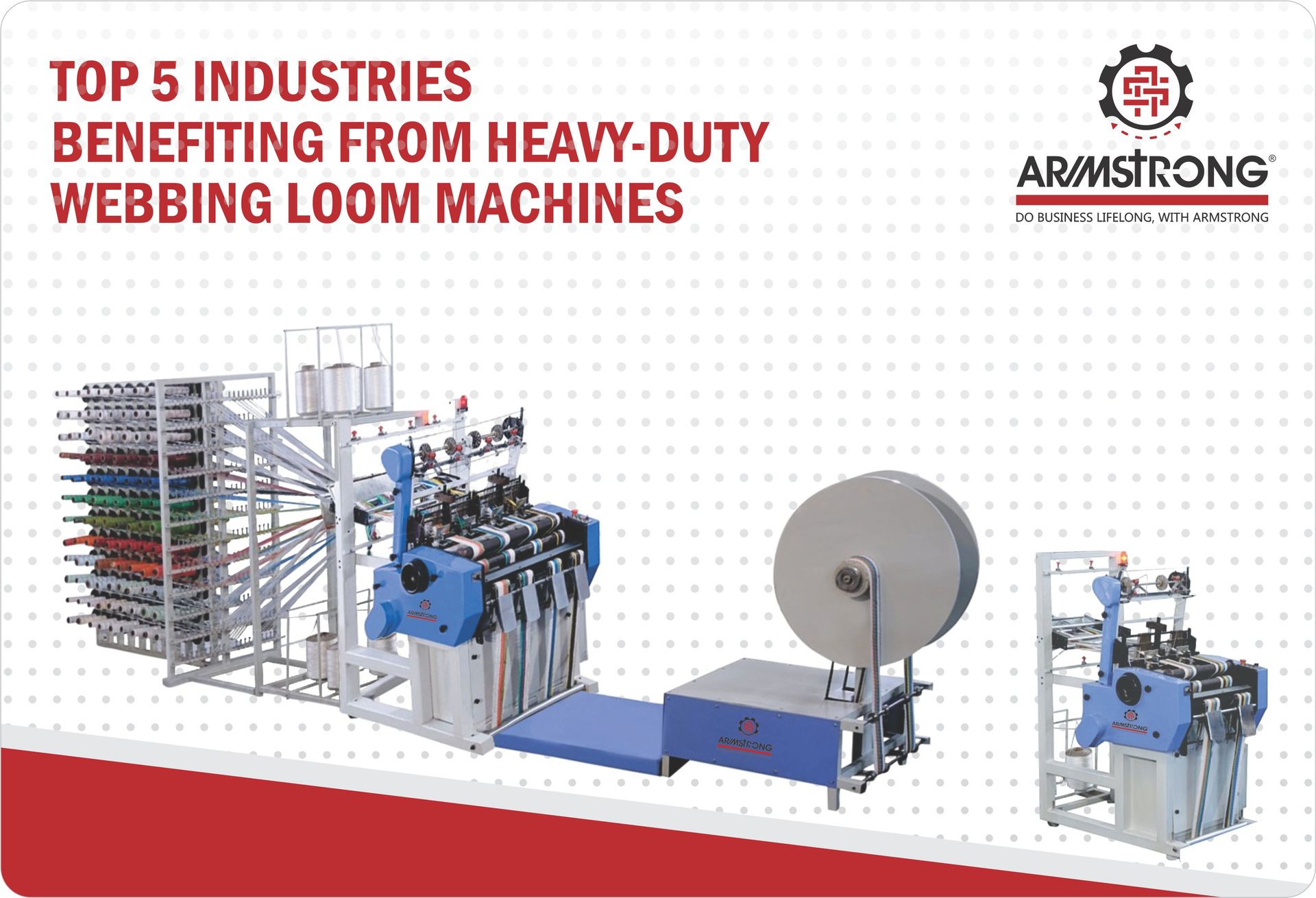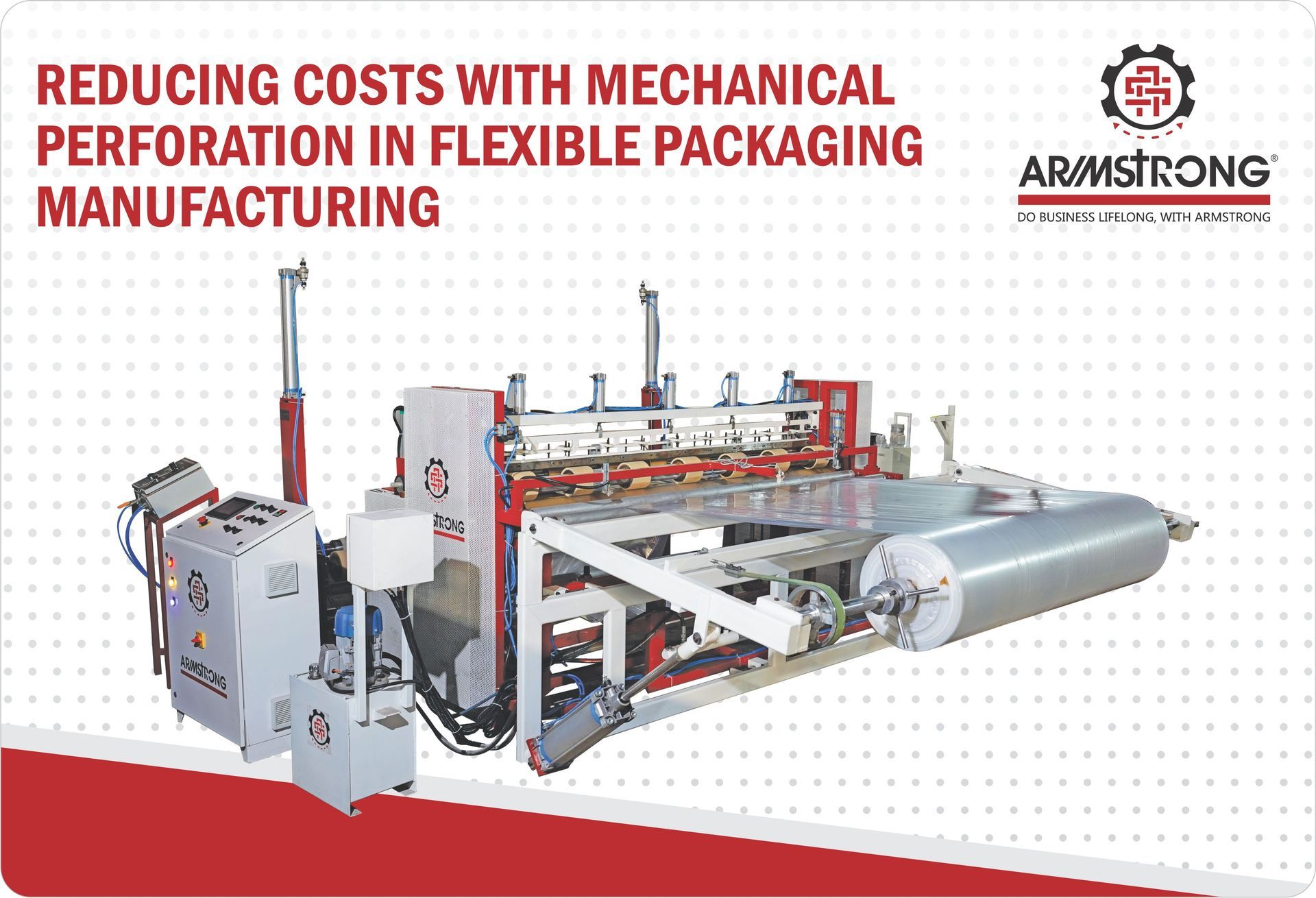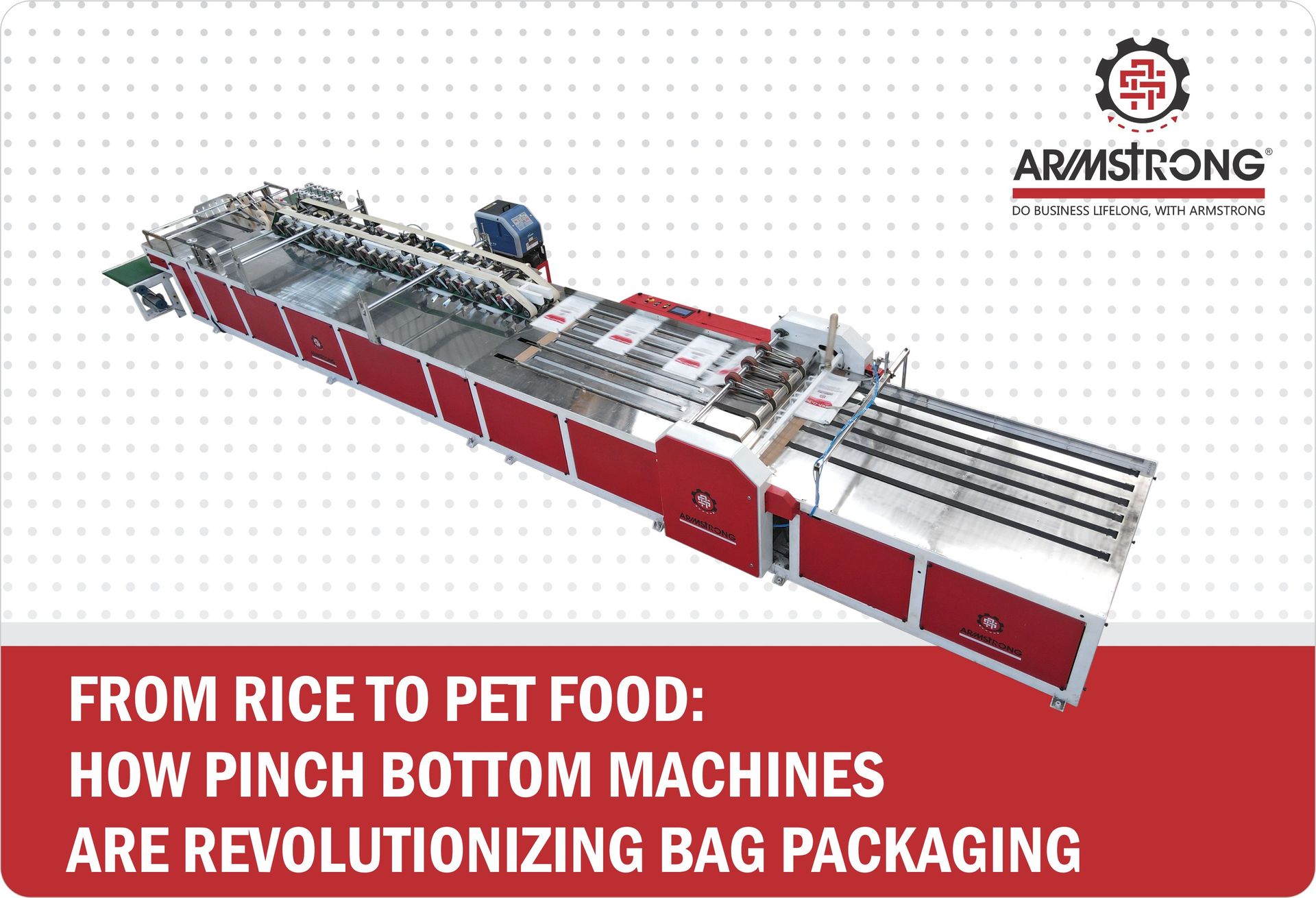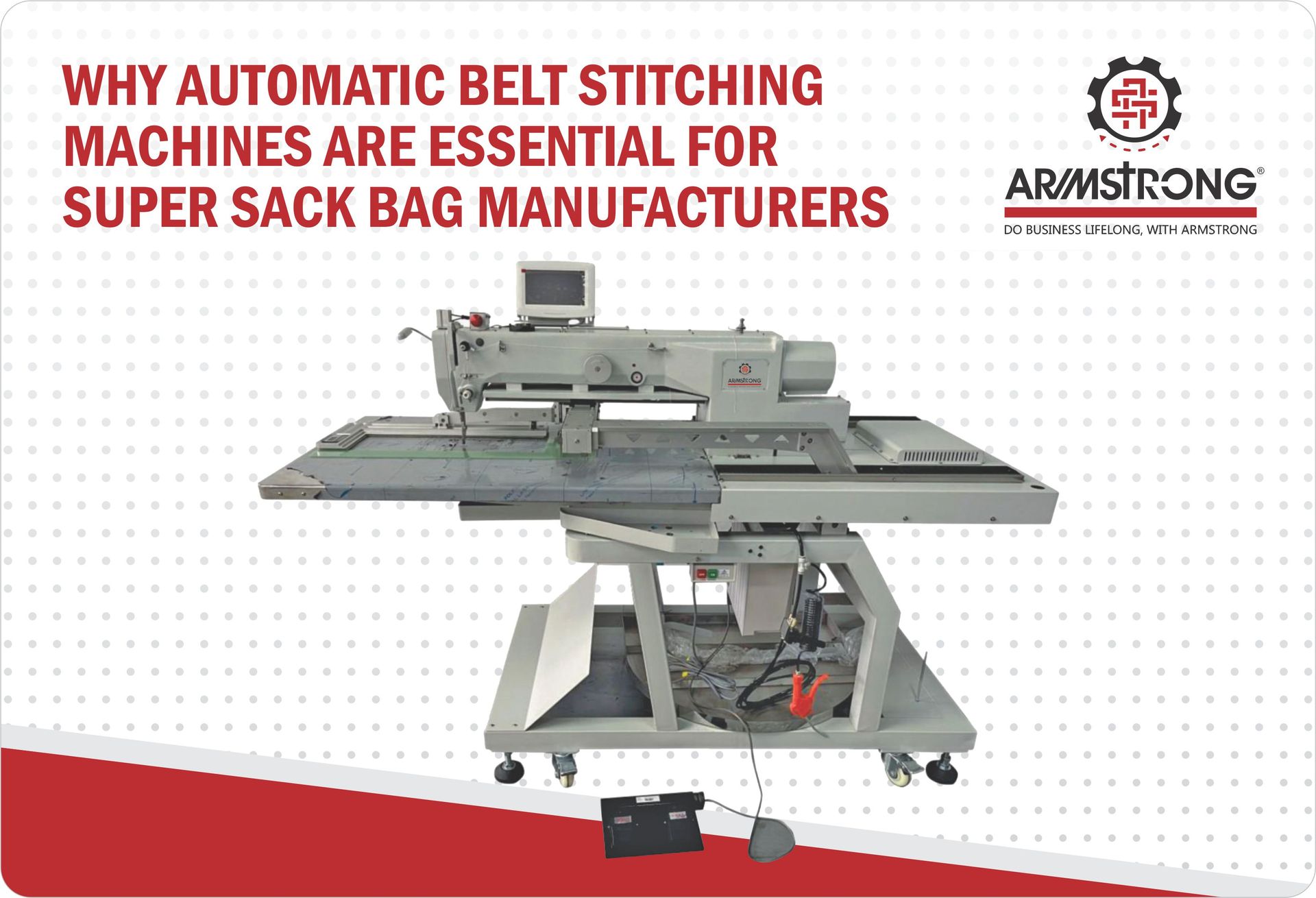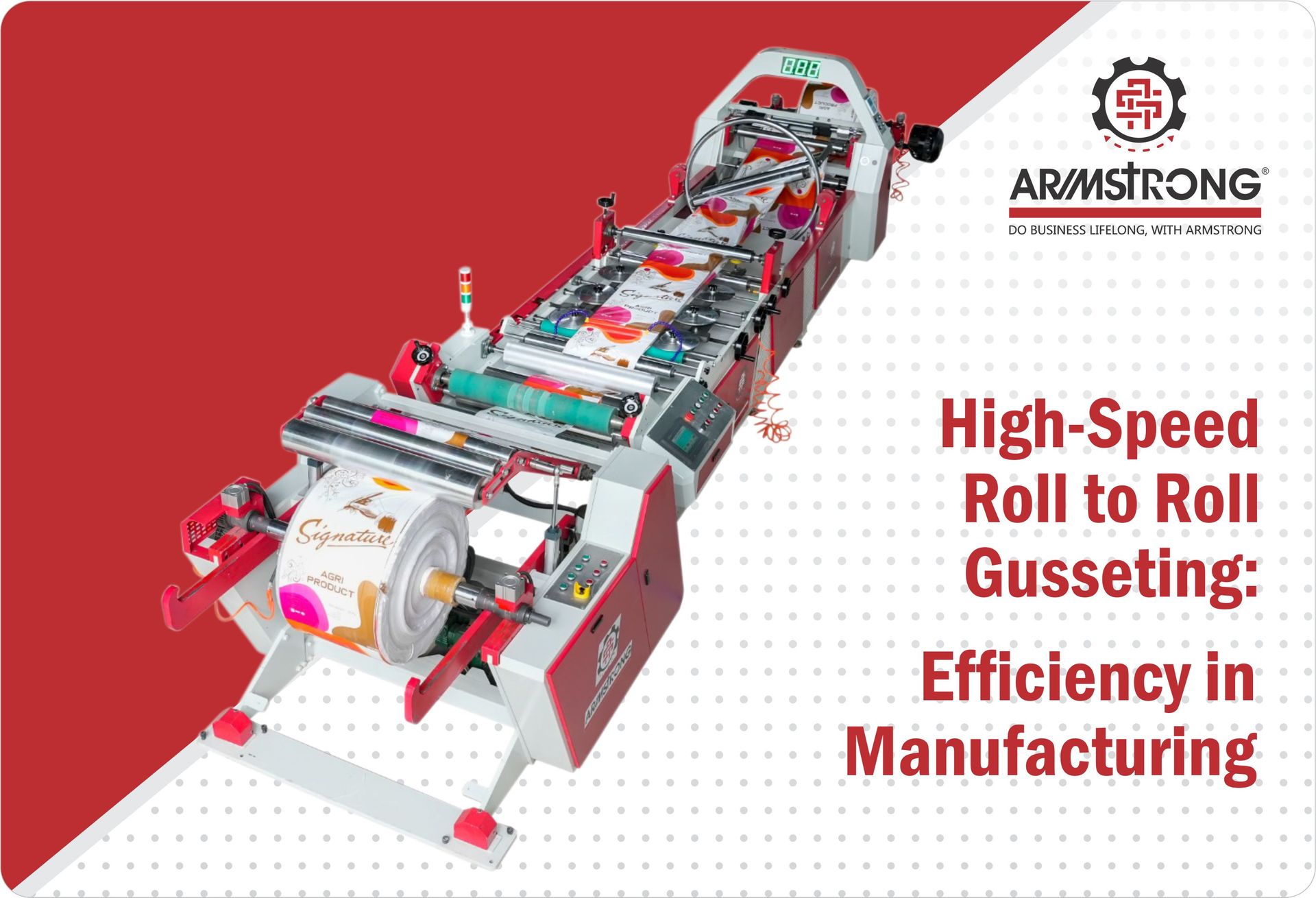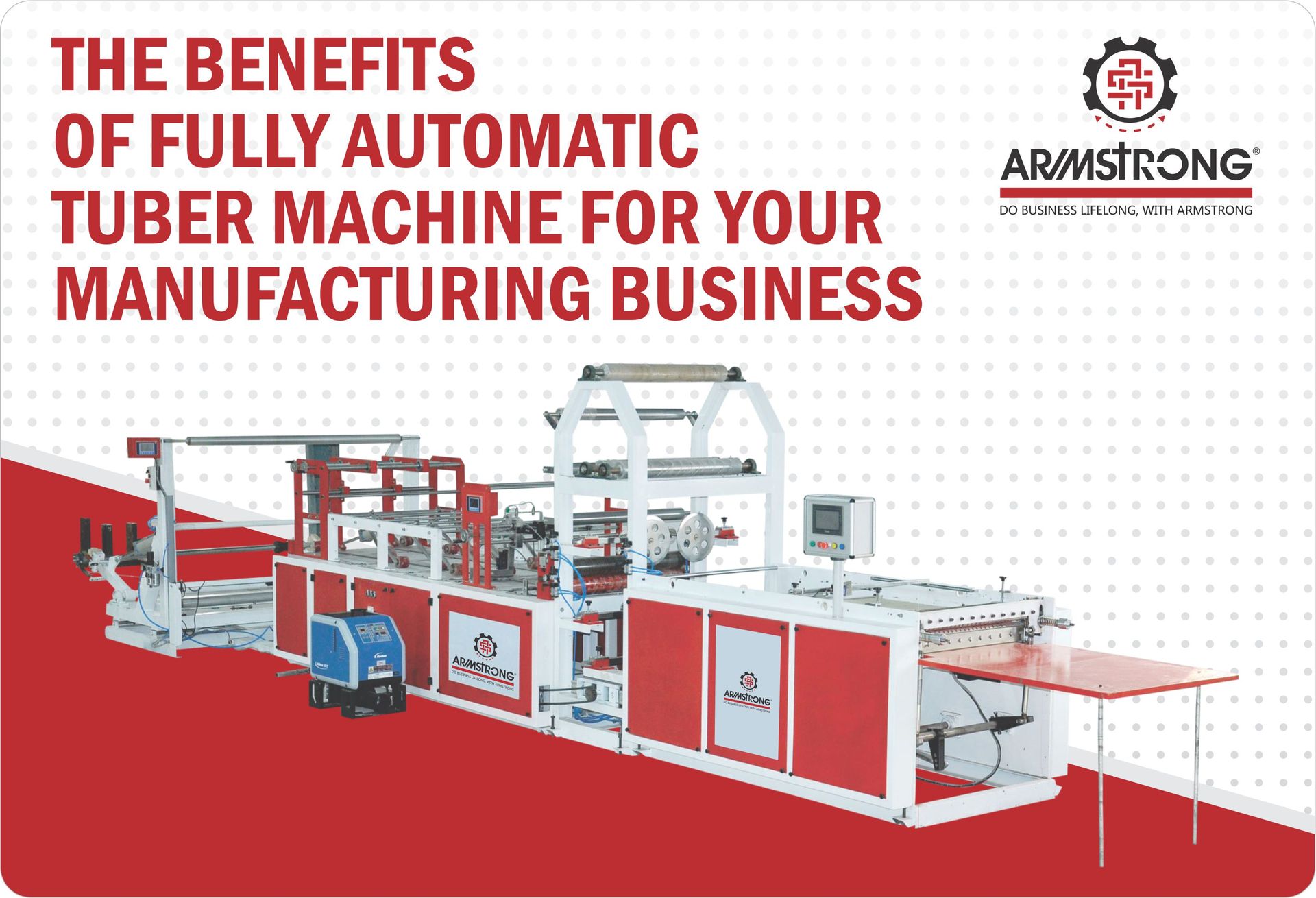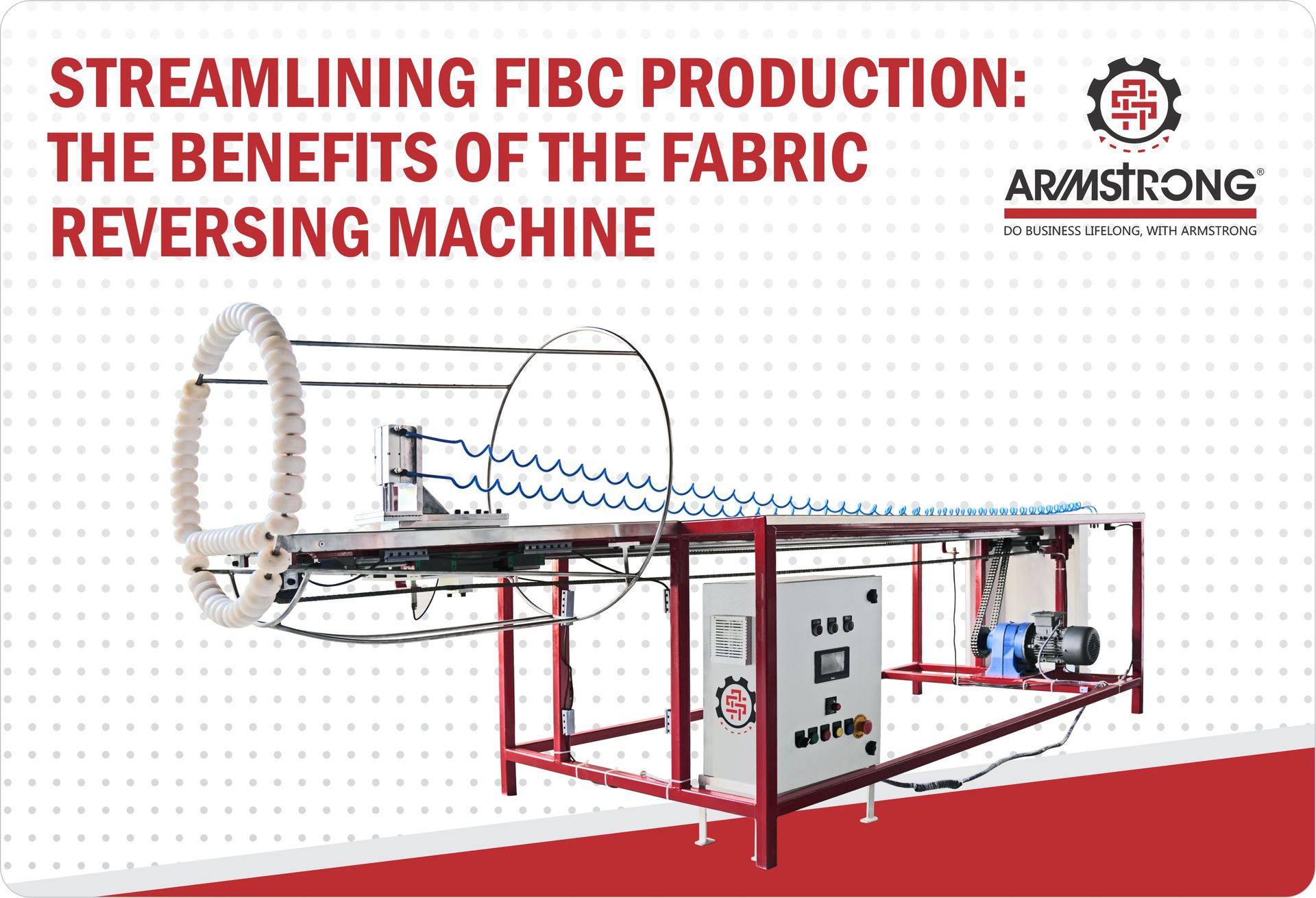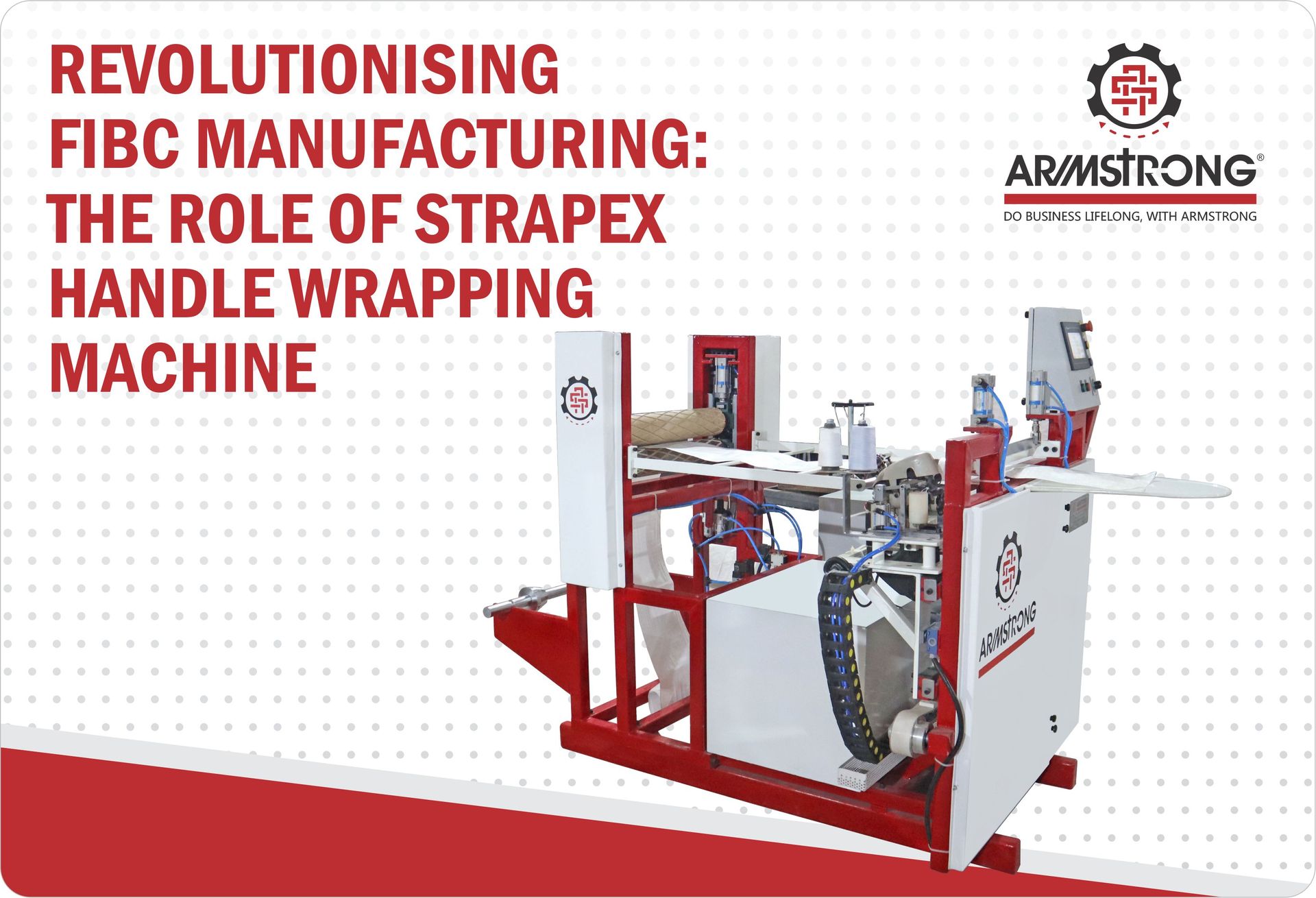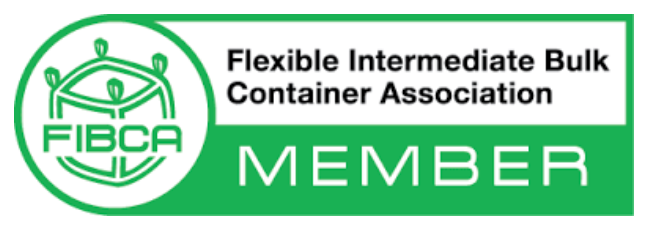Get in touch
555-555-5555
mymail@mailservice.com
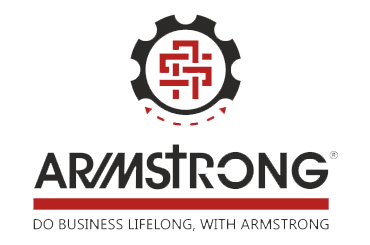
The labour that goes into the manufacturing process of FIBC bags is evidenced by its heavy-purpose use. FIBC or Flexible Intermediate Bulk Container is a bulk bag used for industrial purposes. Its fabric is durable and flexible, suitable for storing and transporting flowable and dry-bulk solid products. They are made from thick polyethene material and are designed to contain 4000 pounds of material. These bags provide improved safety from bulk materials that would otherwise prove dangerous to handle while storing and transporting. This post will give you a complete guide to the manufacturing process, from the FIBC cutting machine process to printing, webbing, and so on.
Comprehensive guide for the manufacturing process of FIBC bags
Understanding the manufacturing of these highly durable bags through FIBC jumbo-cutting machines and the like will help you identify their significance. Through this process, you will notice the different machine types used to manufacture FIBC bags in bulk.
- Extrusion:
The making of high-tensile strength tapes Extrusion is the first stage where a mix of raw materials is extruded or squeezed into tapes of width and denier. The tensile strength of the tapes is analysed at this stage. Virgin PP granules are melted to be made into tapes and are wound in bobbins of the intended size. They are then loaded and prepped for weaving. - Weaving:
The interweaving of tapes to form a fabric The tapes are then placed on weaving looms and are interwoven to produce the fabric. These tapes are either woven in a circular or flat weaving machine. Once these tapes are interwoven, they form a strong enough material to withstand the pressure of carrying heavy goods. A benefit of this fabric is that it contains minute holes that allow the passage of moisture through the material. At this stage, the mechanical team is assigned to check the quality and appearance of the fabric. The tapes are woven into the fabric specific to its requirements and are produced into roll forms. - Moisture Proofing:
An optional step to make the material moisture-proof The moisture-proofing stage is an option requirement that depends on whether or not the customer requires it. Moisture-resistant bags are used to store and transport, for example, agricultural products that should remain unexposed to moisture. A special coating is applied to make these bags moisture-proof. - Cutting:
Automatic cutting based on predetermined measurements At this stage, the fabric is cut into specific shapes that are determined through the FIBC cutting machine. The automatic cutting that takes place through pre-determined measurements can help ensure that each size is produced accurately. The cuts determine the shape of the bag, from square, tubular, rectangular, or vertical. - Printing:
To print company logos, labels, and other specifications Pieces that are cut into their required shapes and sizes are put through a large, heavy-duty printing machine. This machine is used to print impressions on the fabric, from the company logo, labels, designs, and colours. A maximum of three shades are used to print the necessary impressions, etc. - Webbing:
Making the handles Webbing is the process of making the handles of bulk bags. The PP tapes are woven on flat loops in the warp direction to produce webbing, whereas the multifilament yarn is woven in the weft direction. It’s also crucial to make multifilament webbing in which the warp is also multifilament yarn. This product is produced to form the handles of the FIBC bags. At this stage, the QA team checks and approves the appearance and mechanical properties of the bag. You may take a look at how the Strapex Handle Wrapping Machine works to cover the handles of big FIBC bags. - Sewing:
Bringing it together The fabric has, so far, been extruded, cut through the jumbo bag cutting machine, printed, possibly moisture-proofed, and finally webbed. It’s now time to bring the pieces together like assembling the pieces of a four-wheeler to form a complete vehicle. The sewing stage is where the attachments and components of the fabric are set up based on its unique specificities. This process is done under the supervision of technically skilled and qualified experts. The fabric is sewn together and the webbing is also sewn by trained workers. The final bag is formed! - Inspection:
Checking the quality of the finished FIBC bag A qualified QC inspector inspects each FIBC bag once it is completely manufactured. The bag is analysed for any possible defects, and if not, then clear it to be fit and used by the client. - Load or Burst Test:
The second quality check The load test uses a test rig machine at the inspection stage, wherein random FIBC bags are selected from a lot of the final bags stored. These bags are taken for a load or burst test to ensure their safe working load. Generally, the burst test is performed on one bag per order. The test is based on cyclic testing for spills, drops, abrasions, falls, and impacts, among other heavy exposures. This is done to check the bag’s ability to withstand repeated use throughout its lifetime. The FIBC bag must be able to withstand the load test at a minimum period before the failure occurs. The other parameter to consider is that the bag should have no leakage of contents. Furthermore, it should not break by the lifting device, like the handles to the extent that the lifting device cannot handle the load. - Pack and Transport:
Compression of the bags to pack them compactly The final batch of FIBC bags is compressed in a Bale Press Machine. This helps reduce the volume of the entire bale or volume per batch. These are then kept on a wooden pallet and dispatched to the client in 20 / 40 ft containers.
FIBC bulk bags typically save labour costs compared to price positioning. Also, it saves costs by a large margin for lifting a bulk bag compared to lifting, opening, dumping, and disposing of 50 paper bags. At the same time, more material is shipped for the same price as the bag capacity increases while the fare rate decreases. As FIBC bags are positioned and stacked higher, their storage efficiency is far better compared to smaller bags. This process maximises the shipping container and space for storage. At Armstrong, we have a range of FIBC cutting machines suited to your manufacturing requirements. You may have a look at our FIBC machines and enquire more about them today
The one and only complete solution providers of high-quality industrial finishing machines and spare parts.
079-27543747 | +91 63587 40011/16
info@armstrongex.com
Address
OFFICE
501, ‘Sarap’, Opposite Navjivan Press
Ahmedabad, GJ - 380014, India
FACTORY
Unit 1
Plot no. A2/502-1,
Opp. Indo-German Tool Room
Phase - 4, GIDC Estate
Vatva, Ahmedabad, Gujarat 382445, India
Unit 2
44+45/A/1, Near. Ambica Bridge, Phase - I, Vatva GIDC, Ahmedabad, Gujarat 382445
